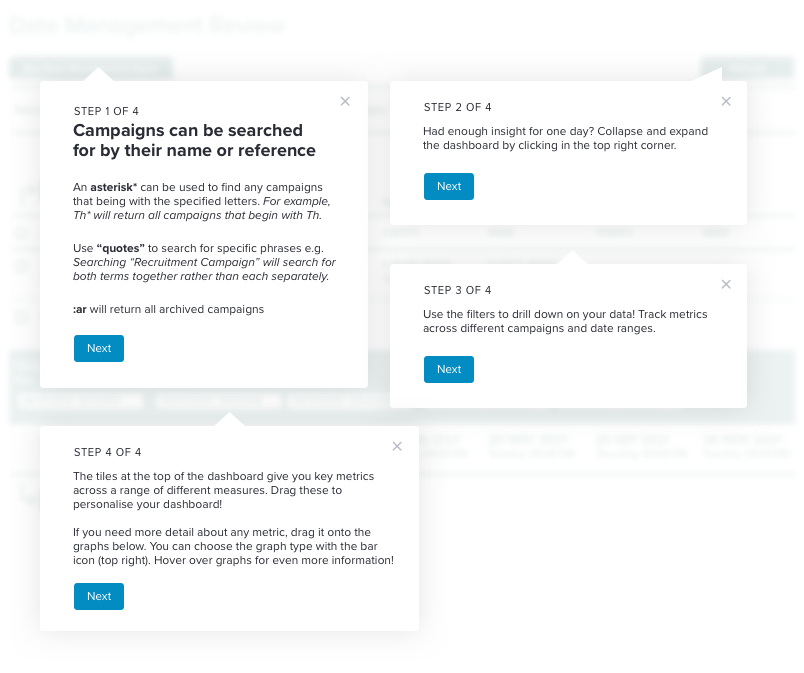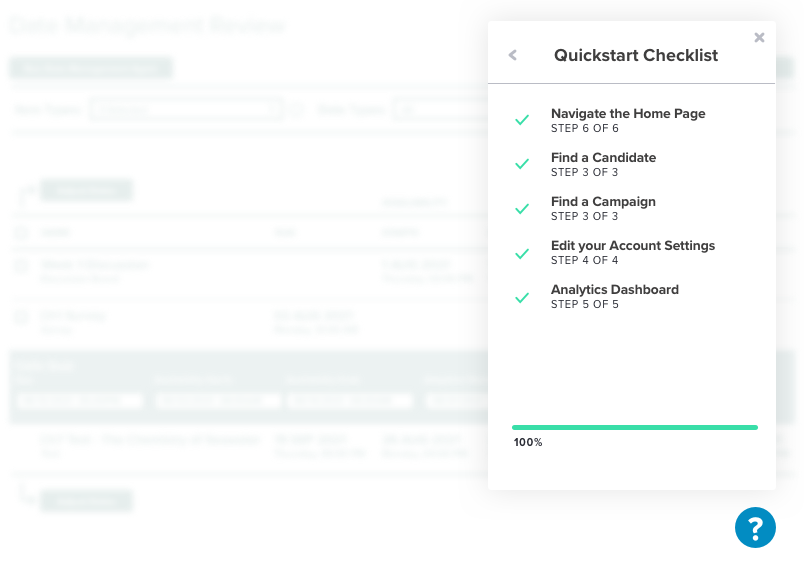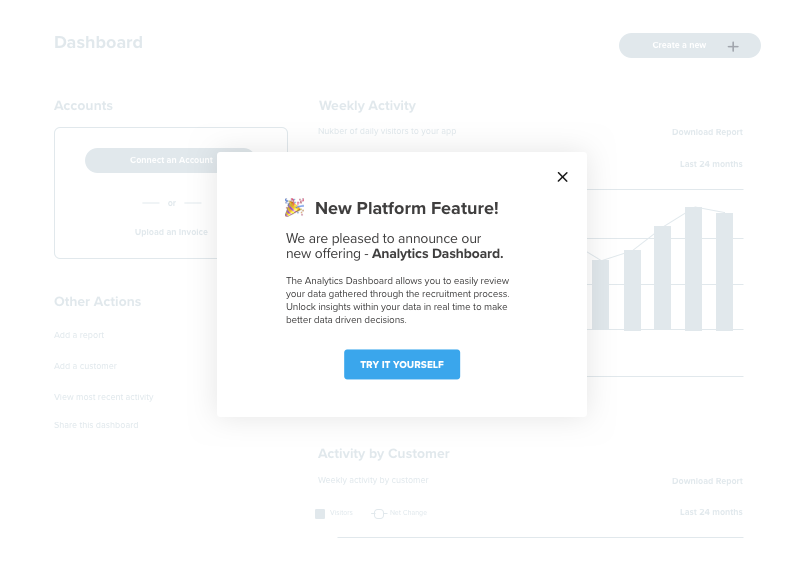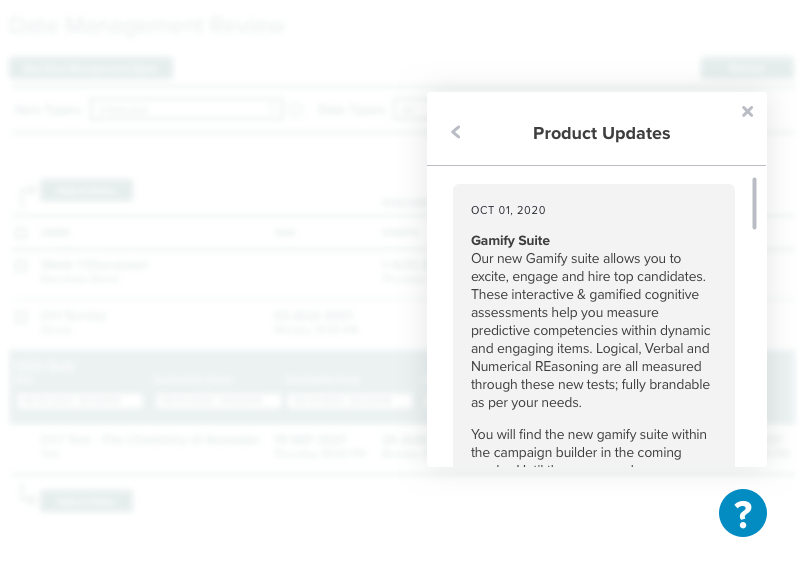How Talegent drives adoption, growth, and retention with Pendo
Results
Drove feature adoption up 30%.
Identified at-risk accounts and intervened.
Products used
Experience Pendo, personalized to you
Get a demoWhen you’re planning to make a new hire, you want a full picture of the candidate’s potential. Auckland-based Talegent’s platform offers a suite of assessments designed to provide the deepest levels of insight into a candidate’s competencies and future performance.
But for all the insights Talegent was able to bring its customers, the product team realized it lacked insight into how its own platform was being used. That was making product planning a challenging experience.
“We wanted to understand what our users were doing, because we just had no idea. We were flying blind.” said Richard Thwaite, Head of Product at Talegent. And, it was potentially hurting the company’s bottom line: Talegent bills by assessment use, and if users aren’t able to find features or assessments, they aren’t able to use them.
After an extensive search for a product analytics tool, Thwaite settled on Pendo. The difference was immediate: Pendo gave the teams a deep look into how users were navigating the platform and which features saw the most use. They noticed right away, for instance, that the search feature was far more popular than they had thought, seeing more than double the use of the next most-used feature.
“Given that it was broadly used, we wanted people to have an awesome experience with it,” Thwaite says. So, upgrades to the feature, including keyboard shortcuts and wildcard searching, were pushed up on the product roadmap.
Since then, Pendo has become integrated into nearly every corner of the business, with over two-thirds of employees using it across the sales, engineering, and marketing functions. It now forms the backbone of efforts to improve customer health, drive feature adoption, and boost retention.
“Everybody is using Pendo,” Thwaite says. “It’s fully embedded in our processes, and it’s allowed us to be far more data-driven.”
Driving adoption with guides and onboarding
Talegent offers a wide range of different assessments and bills by volume of usage. If users aren’t aware of an assessment’s availability, or don’t know how to properly administer them through the platform, revenue can suffer.
To ensure users don’t miss any of the platform’s core functionality, Thwaite and his team used Pendo guides to design an in-app onboarding process to help users find and learn to use the platform’s most important features.

“We’re able to direct users to different use cases that are really important. We can see if they’re ticking off those use cases that we expect to see, or if they’re struggling with something or haven’t used a feature,” Thwaite says.
Talegent also began using Pendo’s Resource Center, which provides users with on-demand support content and a quickstart checklist. This has been effective at heading off common questions fielded by the support team. “Users can now read and digest support articles in their own time, so that saved us support time as well,” Thwaite said.

Keeping a finger on the customer’s pulse
For Talegent, using Pendo has also meant improved retention.
The responsibility for maintaining high usage and customer satisfaction falls to Talegent’s sales and support teams. Pendo has provided them with a valuable lens into customer health and engagement, allowing them to identify low-usage accounts or churn risks and help get them on the right track.
“We show our sales team exactly which of their clients are logging into the platform, how many accounts they’ve got logging in, and how the users progress,” Thwaite says.
This allows account managers to flag accounts with low engagement and start to explore root causes.
“If the main sponsor in an organization is not happy, that’s a leading indicator that they might not renew. It gives our team the insight to be able to say, ‘Are they not using it because they don’t know how to use it or because they haven’t been trained? Is it because they’ve left the organization?’” Thwaite says. Then, account managers can reach out and connect with those users to improve their experience.
The team also uses in-app NPS surveying through Pendo to get deeper insight into user sentiment, so the team can identify which individuals within a particular account are power users and which might need a little extra support.
Enabling cross-sell and upsell
Pendo’s analytics and in-app messaging also helps Talegent promote new features after they’re launched and new assessments as they’re added to the platform’s growing library, and to cross-sell existing ones to users who would likely find them useful.
“The platform is such a source of attention for our clients that with Pendo’s lightboxes and guides, we can have that messaging delivered directly to them, rather than just relying on email or social media,” Thwaite said.
For instance, a lightbox guide was used to announce a new analytics dashboard feature on the platform’s homepage, followed by a series of guides to walk users through how to use it.

Pairing Pendo analytics with guides allows the team to cross-sell assessments to users based on their behavior. “Since we know that client A is using products one, two, and three, we can guide four, five, and six toward them, too,” Thwaite said. A drip campaign of in-app guides was used to promote the recent release of a new gamified assessment suite:

Early results on these initiatives are promising: Thwaite estimates assessment usage is up about 30%. “Honestly, I can’t imagine us ever going back to a situation where we don’t have Pendo,” he says.